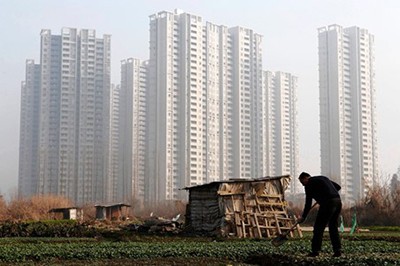
Tom Leader speaks at the UVA School of Architecture AUC Inaugural Workshops
UVA School of Architecture presents the AUC Inaugural Workshops on February 18-19, 2022 a set of workshops launches the research platform Asian Urbanism Collaborative (AUC) through engaged debate on three thematic areas that are identified as crucial for thinking about the future city, and the role the Asian City may play in our understanding and shaping of it: Geopolitics, Culture, and Ecology.
The goal of AUC is to establish a collaborative scholarly community, and to reassess the significance of Asia’s urbanization in the context of European and American experiences in urbanization, by engaging with indigenous non-Western intellectual frameworks. Tom Leader was a presenter at this event with the following topic:
Xiong-an: Can We Start Over on New Cities?
Tom Leader, Principal and Founder, TLS Landscape Architecture
Within 30 years a billion people will have moved from the country to Chinese cities: the greatest migration in human history. New cities as well as satellites or infills to existing cities have been springing up at a staggering rate to meet this demand. In the rush to build, planning became formulaic; people complain every city now looks the same. Great forests of residential towers, each straining for light and space, crowd against highways. People who may have grown up within a social and ecological fabric tied to the land and each other are now thirty stories in the air, cut off from the earth and the seasons – the agency and meaning of those things disappearing from their lives.
The design and construction Xiong-an is a top government planning priority. As such it is to be exceptional among new cities, demonstrating the heights of new achievements and technologies. As part of the competition’s winning team our question became – Exceptional in what way? We felt the right measure is not in smart systems and landmark towers but simply – How are people living? We sought to answer this question in part through the planning of the neighborhoods and the ecological restoration of Baiyangdian, a huge and fragile shallow lake which the city overlooks. We conceived the city as a tree growing on the shoreline with its trunk green branches extending deep into the crown and the roots deep within the channels of the lake, its reeds and lotus. To express this, we developed an essay into the specific character of nature and open spaces looking through the lens of the 24 Solar Terms – the division of the year into two-week time periods marking the interaction of the seasons with human activity. This essay describes, not a dedicated series of twenty-four themed spaces but the potential of the design to renew the seasonal, nature-based means of structuring modern daily life.

